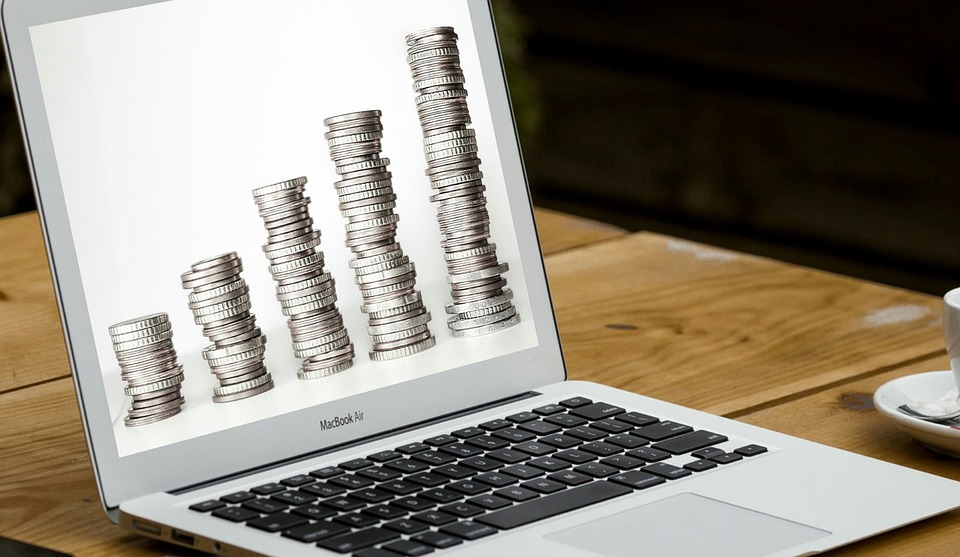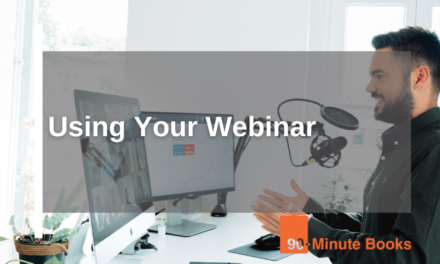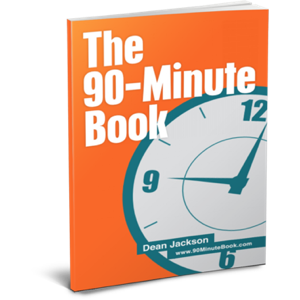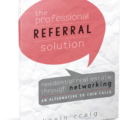If you’re feeling overwhelmed trying to optimize your marketing efforts, let me give you the (not-so-secret) formula for e-commerce success:
You will boost your income by targeting applicable prospects with appropriate messages at the appropriate moment.
Having a thorough understanding of who may be interested in what your e-commerce business offers are key to successful marketing.
- Where are they in their buyer’s journey?
- What are their main problems?
- How can you solve those problems for them?
And so on.
If you answer these questions, you should have the knowledge to persuade potential buyers to make the necessary move.
Constructing a purchase channel for your digital store assists you in tracking the customer’s progression and determining what should be implemented at every step.
It is a reality that not everyone aware of your company will become a devoted customer.
Research conducted by Smart Insights discovered that nearly half of website visitors will usually observe a product page. Still, only a small portion, estimated at around 3.3%, will end up placing an order.
E-commerce consumers move through a funnel.
Your aim should be to enhance your promotion strategies at every step of the funnel to ensure that you bring as many customers as possible to the next stage.
The Sales Funnel: a Powerful Marketing Tool
Definition of a Sales Funnel
A sales funnel, conversion funnel or sales funnel describes a potential customer’s route from when they first visit your website to when they make a purchase or convert into a lead. Essentially, the sales funnel allows you to view the progression of the customer experience, from the initial awareness of your company to the final sale and continued loyalty.
Let us use the instance of a person who finds your website from a Google search to show this trip. He is amongst your guests willing to view your inventory or blog posts.
As you were searching, a system was created that allows people to sign up with their email addresses. By completing this form, the visitor becomes a potential customer to whom you can advertise your merchandise or services outside your website.
They will likely revisit your site if you provide compelling offers or information. After gaining confidence in your material and making a choice, this interested party becomes your purchaser after buying one or more items.
This is the process that the sales funnel allows you to look at and improve. How can you make a process more efficient if unaware of its functioning?
In addition, this diagram illustrates that, even though numerous people may have viewed your website, the people who take action and complete the desired task are generally limited.
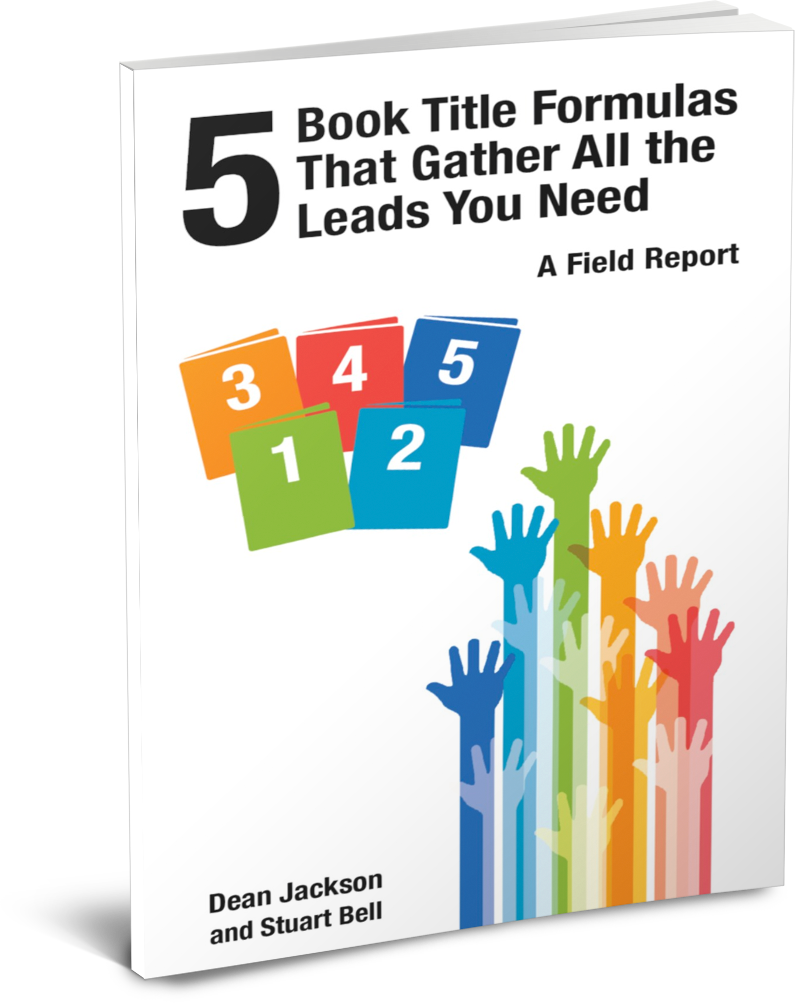
FREE BOOK
Discover the 5 Compelling Book Titles Types that create an ‘I Want That…’ response.
The 5 Main Phases of the Consumer Buying Process
Phase 1: Recognition of needs.
Before beginning the buying process, you must first comprehend and present the “requirement” for a product or service. Before a need is needed, there is usually a problem to address. As an illustration, when you’re out cruising and your car suddenly stops functioning (the problem), this results in the wish to have it fixed (the need).
Desires can be provoked by an external stimulus, such as an advertisement or seeing someone else enjoy the product. These desires typically reveal themselves outwardly.
Buyers will have an emotional need that will motivate them to purchase your products or services. You must recognize what causes the demand for your products among your intended customers at your current level.
Think about gathering information about how stimuli generate interest. Using this information, you can create marketing plans to spark customer attention whenever you want.
Phase 2: Information research.
Data investigation is the stage that comes right after the acknowledgment of an issue. This search can take many forms depending on the type of need:
- Google search;
- Requesting recommendations from friends and family;
- Checking for coupons;
- Reading online reviews;
- Visiting stores for hands-on demonstrations;
- Etc…
Out of the available selections, Google search is the most commonly used tool, particularly since seventy percent of purchasers look to Google multiple times while searching. This is to gain further insight into their difficulties, contemplate potential solutions, and determine which companies can provide assistance.
Phase 3: Evaluating alternatives.
Sometimes, this step is related to the one before. However, we will consider it to come after the data search. The amount of time this assessment lasts fluctuates depending on the purchase the customer will make.
For example, picking a restaurant could sometimes be a straightforward decision between an Italian or Chinese spot. If you want a new car, you may need to spend more time on decision-making since it’s a large financial commitment. You can visit various dealers on a few trials runs and investigate what bargains are connected with each item. It will require more time to decide than simply selecting a restaurant.
The consumer would probably go for the brand that fulfills their evaluation standards. You should be sure to draw attention to the qualities that make you different from other companies in the industry. You can create a comparison chart to assist customers in making informed decisions about various brands.
Phase 4: Purchase decision
Once the issue has been pinpointed, the various options weighed up, and the most suitable one selected, purchasing it is the obvious end result. At this point, the consumer selects the brand they deem to be the most rewarding and advantageous. So, they have resolved to go ahead and buy it, though some things can impact their plan.
The initial element is the outlook of other shoppers and the consumer’s impetus to acknowledge this mindset. It is clear that if other people have unfavorable impressions of a brand or product, it can decrease a customer’s desire to buy them.
The second factor is related to unforeseen situations such as:
- Sudden price increase;
- Illness;
- Accidents;
- Loss of employment;
- Unavailability of the product;
Under these circumstances, it is advisable to create material that will enable you to convince your audience that your item or service will be successful in their individual circumstance. It is possible to research examples of some consumers from various backgrounds representing the types of customers you wish to attract.
Phase 5: Post-purchase behavior
The buying process goes beyond making a decision. The post-sale phase is just as important as the preceding stages that caused the customer to purchase.
The customer gets the item with some hopes, even knowing beforehand that there is no assurance of complete fulfillment. Generally speaking, there is often a difference between the satisfaction that was anticipated and the satisfaction that is actually experienced after a purchase.
The result of this could be that the customer is content or displeased, which could sway how they choose similar products from the same company in the days to come.
If your customer is contented, it will likely drive loyalty to your brand. Therefore, in the future, seeking information and researching alternatives will typically be sped up or skipped altogether for your advantage. Alternatively, when a customer is unsatisfied, they may request a reimbursement or conduct negative publicity towards you.
Consumers tend to express their contentment or displeasure with a product or service by providing either a positive or negative review. People can spread the word about your website by writing reviews, using social networks, or discussing it verbally.
Therefore, you need to be mindful of creating a successful dialogue with your buyers after they purchase to ensure they stay loyal. Don’t overlook that the most powerful aspect you have right now is your product, and it should be absolutely top-notch to handle any issues on its own.
7 E-Commerce Sales Funnel Strategies You Can Try Today
1. Use Facebook Ads to Get Targeted Traffic
Facebook, boasting 2.32 billion monthly active users, is ideal for promoting one’s product or service.
Marketers have the good fortune of taking advantage of the various Facebook ads available to achieve conversion objectives.
You can use Facebook advertising to rapidly get your brand noticed and draw specific web traffic to your internet store.
The great thing is that there is unlimited potential for taking advantage of the platform.
2. Create Content to Attract Visitors for Free
Facebook can be utilized as an efficient method to market your e-commerce business to a particular crowd.
You can still attract visitors to your e-commerce site that is highly relevant to what you offer, even without putting money into advertising.
Customers start out with a concern or concept in mind. Can you provide them with a response that contains advice or proposals?
You already have enough knowledge within your field. Come up with a way to get your product or service in front of your audience.
The concept of “content” can be intimidating for many e-commerce marketers. However, composing long blog articles or initiating webinar events is unnecessary to draw users to your site.
You can create content for users in this stage without investing heavily in advertising or having many people working in marketing. This can be done by creating how-to videos on YouTube or free guides on your e-commerce site.
Giving out bonuses for content is an intelligent method of accruing beneficial leads, which you can cultivate with email advertising and guide them nearer to purchase.
3. Use Social Proof Across Channels
The idea behind social proof, often utilized by marketers, is that we think what other people do and believe is the right way to act in a certain circumstance.
The principle of social proof impacts various facets of life, which also holds true for electronic commerce.
The effectiveness of social proof is not limited to any part of the e-commerce process. It can be a brilliant way to make those who visit your website believe in the dependability and superiority of your online store.
Social proof has many uses across different channels.
4. Optimize Your Product Pages
Product pages are where you gain the admiration of your potential customers during the contemplation phase.
It is essential to guarantee visitors that your products are the ideal answer and persuade them to include items in their basket.
Right now, ensure your product page words are consistent with the inquiries customers commonly make and remove any suspicions.
Examining the search words that your target audience is utilizing can assist you in comprehending what it is they are searching for. Then, employ what you have learned to incorporate into your written material and position your goods or services as a solution to those worries.
5. Promote Products with Curated Emails
Potential customers in the process of making a decision are eager to find out more information about your products.
Instead of attempting to pressure buyers into purchasing your items, try email marketing to promote your products indirectly.
Curating emails is an intelligent way to promote a product without appearing overly pushy. Adding persuasion cues, like scarcity or evidence of others agreeing with your opinion, will amplify the effectiveness of the aforementioned measures.
Curated emails assist in becoming more familiar with the preferences of subscribers, which can aid in separating the email list into more specific categories and sending very specialized promotions.
Occasionally, you can distribute emails with specially selected products to turn prospective buyers into customers. You could add them to your existing newsletter.
6. Leverage On-Site Messages
No two visitors are alike.
Some people will make their acquisition in their first interaction with you, and numerous others will go through the whole process before purchasing from you.
It is essential to recognize the differences between new visitors, those who have subscribed, and those who have visited before to create more effective campaigns that address each group.
If you’re contemplating prospects as purchasers, I’m sorry to tell you this.
Cart abandonment rates are approximately 70%, so it is vital to do your best to capture those prospects.
You should attempt to get their attention using notices and reminders within your website and encourage them to stay if they seem close to leaving.
Exit-intent campaigns are an ideal way to catch a leaving visitor’s attention and persuade them to convert with markdowns or email campaigns.
This initiative touched off by detecting the user’s intent to leave, assists the organization in cutting back on forgotten baskets and gathers potential customers that they can follow up with via email campaigns.
The content has a plain purpose, two spaces to insert information, and a CTA copy that accentuates the advantages associated with it. That’s all you need for a high-converting exit-intent campaign.
7. Nudge Visitors During Checkout
The checkout page is the only obstacle preventing your customers from completing their purchases.
At this juncture, you can transform them into devoted patrons or lose them for eternity.
For e-commerce stores to be successful, it is essential to have a checkout page that has been carefully created, includes a range of payment options, and encourages customers to take action.
But there’s always something more you can do to nudge visitors at the checkout step:
Use the power of free shipping.
Giving free shipping entices prospects who are considering an order to convert to customers and can help to increase the average amount spent per order.
Guest Post Disclaimer
The views expressed in this post do not represent the views of 90-Minute Books. The information has not been verified and should be considered an opinion. You are always advised to do independent research.

